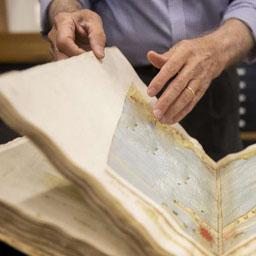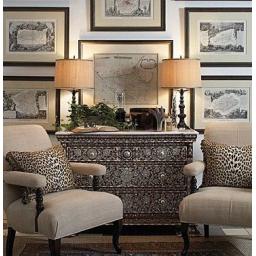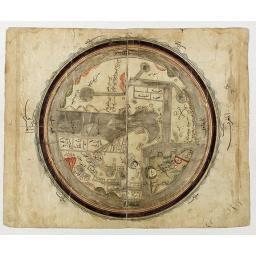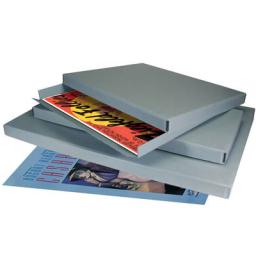Articles about Maps
If you are interested in the background of maps we hope the following articles are of interest to you.
The Mapping of .... , does give you cartographic background on different countries.
You may also check out our index of Map Makers and Explorers, Collecting Tips, Storage and Framing, HiBCoR Map Grading

This page offers information on the different aspects of Map collection.
Our best advice is to buy a map or two you find interesting. Try
to learn about the map. Who published it how and when? What
information does it contain that is interesting? Why? What is
omitted? The collector would be surprised how much can be learned
from this approach.

When you want to take good care of you maps and prints then you might find the following information usefull.
-256x256.jpg)

Have you ever wondered what it would be like
to have been born into another home, culture,
or religious system?
We’ve all probably questioned what our
beliefs and values would look like through different eyes.
Below is a comparison of major worldviews in the last 2000 years.

Museums keep their storage areas at an optimum temperature of around 70 degrees F, and a relative humidity of 50%. If conditions cannot be kept to this ideal (and historic houses, for example, often are not air-conditioned), avoiding extremes, such as the very high heat in an attic, and avoiding major fluctuations, such as an unheated building that gets cold in the winter, but hot in the summer, should help from a preservation standpoint.